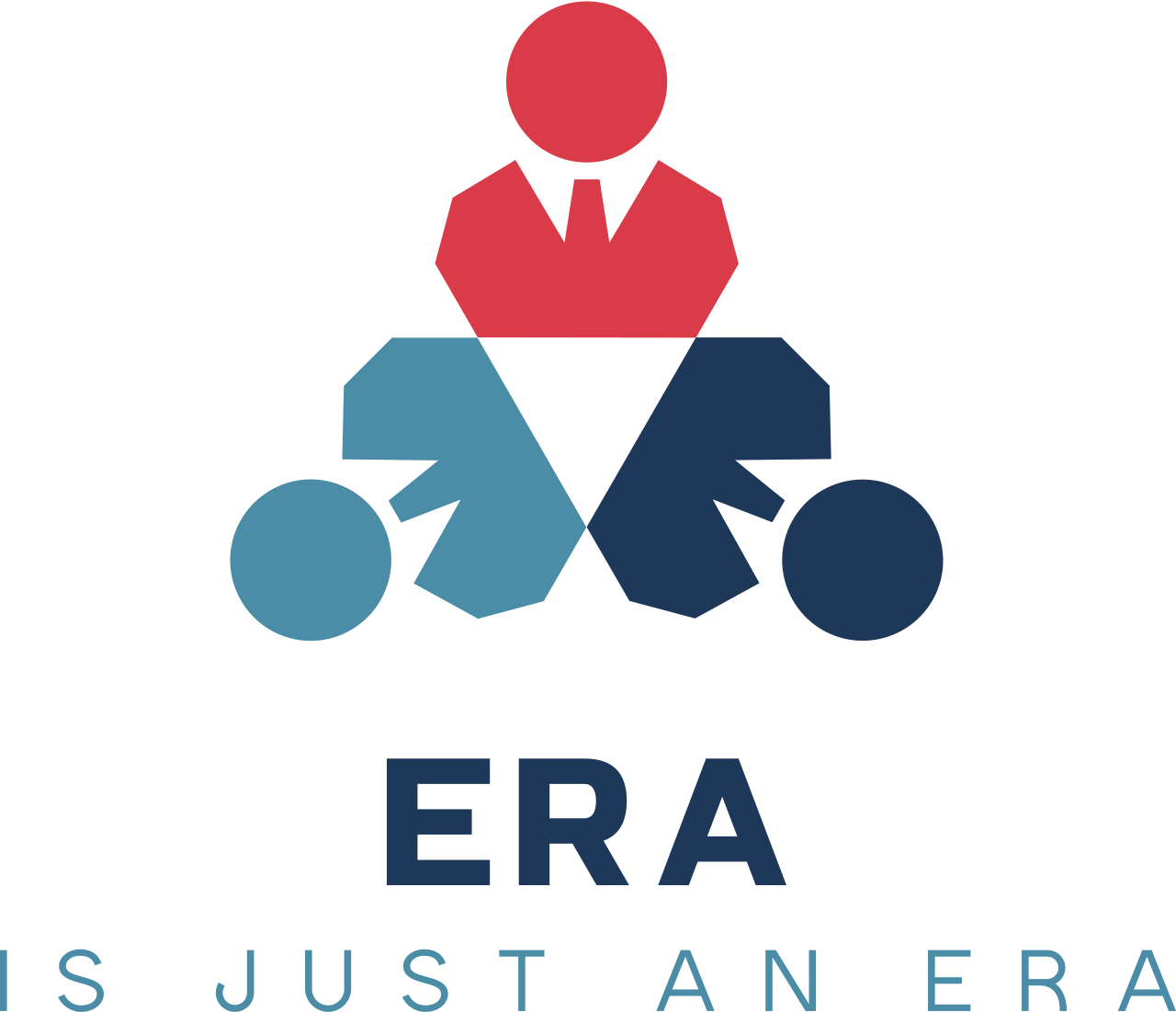Innovative Horizons in Hybrid Work and Digital Leadership
How can remote management tools, as demonstrated by TeamViewer’s integration with SONY's business display solutions, address the challenges of digital transformation and hybrid work models in contemporary business environments?
In today’s rapidly evolving business environment, groundbreaking transformations in work models and leadership styles are reshaping how organizations operate. As emerging trends point toward a future where technology and human interaction are perfectly balanced, companies are adapting to a hybrid framework that seamlessly integrates virtual connectivity with traditional office environments.Recent insights indicate that the forthcoming era of work will be significantly influenced by remote working practices and virtual team structures. Although a substantial percentage of employees are drawn to flexible remote working, there remains a strong desire for the social connections and collaborative energy that come with physical office spaces. This duality suggests the imminent rise of hybrid working models, where entities invest not only in digital collaboration tools but also in revitalizing physical workspaces. The shift is paving the way for uniform technology usage across all interaction points, ensuring that both remote and in-office employees maintain an equal footing in collaboration and knowledge-sharing.Simultaneously, a revolution is underway in leadership paradigms. Driven by the need for agility and swift adaptation in a dynamic environment, digital leadership is emerging as a keystone in driving innovation. Leaders are evolving, moving away from rigid hierarchies towards agile, adaptive practices that embrace uncertainty and complex challenges. This modern leadership approach bridges the gap between physical and digital realms, effectively reshaping business processes, value creation strategies, and stakeholder interactions. The integration of digital leadership within hybrid settings not only supports but also propels innovation by ensuring that teams remain nimble, connected, and responsive to rapid technological advancements.Together, these innovative trends in hybrid work arrangements and digital leadership exemplify how companies are striving to meet contemporary challenges head-on. By embracing a balanced hybrid framework and fostering leadership that thrives on digital transformation, organizations are setting the stage for a future marked by resilience, collaboration, and sustainable growth.
